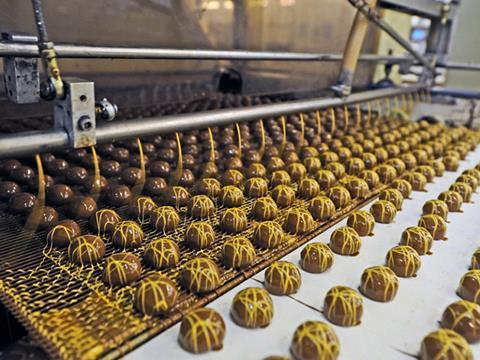
Thorntons shares shot up by more than 40% this morning after news emerged that Italian chocolate giant Ferrero is making a 145p a share bid for the UK-listed company, valuing it at £111.9m.
Of course this is not the first time a multinational food group has swept into the UK to pick off a historic English chocolate manufacturer. Kraft’s 2010 takeover of Cadbury proved so controversial that it led to a change in UK takeover rules over bidder disclosure, amid accusations Kraft hid its true intentions over factory closures.
While the Thorntons takeover is nowhere near the scale of Kraft/Cadbury, it still throws up some key questions around what a Ferrero-owned Thorntons would look like:
Is the survival of the Thorntons brand under threat?
The Thorntons brand goes back to 1911 and looks like it will continue into its second century for a while longer. One of the few assurances Ferraro gave this morning was: “Ferrero has great respect for the history and heritage of Thorntons and intends to maintain the Thorntons brand following completion of the offer”. The bigger unanswered question is in what format the Thorntons brand will continue.
What does all this mean for the chocolate?
As important as the brand is the product and chocolate itself. Will Ferrero stick to the Thorntons’ recipe or use its own chocolatiers to change what is inside the box?
An indication may come with Ferrero confirming in the offer document that it intends to keep hold of the Thorntons factory in Alfreton in Derbyshire. The Italian company added it also attached “great importance to the skills and experience” of the existing management and employees at the business. It does not specify, however, whether the factory will continue to churn out Thorntons only products or if Kinder Surprise and Ferrero Rocher will also be rolling off the line in the future.
Will the Thorntons UK store portfolio continue to shrink or expand once again?
Following two profit warnings in 2011 – Thorntons blamed snow in the winter and sun over Easter for the poor trading – the group unveiled a new strategy which would see it drastically trim its estate of shops. CEO Jonathan Hart announced that up to 180 of the company’s more than 360 outlets would close over the following three years after like-for-like sales at the stores fell by more than 12% in the first half of the year.
At the last count – for the latest half year to 10 January 2015 – the estate stood at 247 strong with more closures expected as it aims for the 180 - 200 figure. An encouraging sign for the bricks-and-mortar estate was the 2.2% like-for-like growth fuelled by a strong Christmas performance (7.8% growth on the high street) as shoppers showed an appetite for its advent calendars. Thorntons said at the time the results highlighted the strength of the brand and product offer.
The popularity of its personalised eggs at Easter and other seasonal offerings suggest that Ferrero would want to keep a healthy presence on the UK high street. Although, this begs the question on whether Ferrero would want sell its own chocolate in store or keep the business separate.
Will Ferrero stick to Thorntons strategy of becoming an fmcg supplier?
Alongside the store closure policy, Hart revealed Thorntons would increasingly turn its back on the high street to concentrate on selling its chocolate in the supermarkets and at discounters. It made sense at the time as revenues from the high street dwindled and the commercial arm making a much stronger showing. The move seemed to be paying dividend as sales to supermarkets surged with a 7.9% uplift in the year to 28 June 2014 pushing up total revenues 0.7%. However, UK commercial sales have collapsed in the past year as a result of significantly lower volumes at two unnamed UK supermarkets, sending Thorntons’ share price tumbling and leading to the decision to part ways with Hart in May. Thorntons reported a 10% fall in first half pre-tax profit for the six months to 10 January, dropping to £6.5m from £7.2m in the same period last year. The fall was driven by an 11.2% fall in fmcg sales, including a 12.4% fall in UK commercial sales thanks to issues with two grocers.
Ferrero may have decided the strategy is a sound one but that the current size of Thorntons just wasn’t big enough to trade blows with might of the big supermarkets. The scale of Ferrero may just make it more of an even fight and give the new owners a better chance of executing the plan that Hart put in place three years ago.
Could anything still block the deal?
Although Ferrero has already built up a shareholding of close to 40% at the last count, it still needs approval of 75% of shareholders to progress. Chiquita shareholders memorably turned down its merger with Fyffes and going against its own board’s wishes last year, but a similar rebellion of Thorntons’ shareholders looks more unlikely. Analysts this morning indicated that the premium on Thorntons share price looked fair value and Thorntons’ shareholders are sitting on a 130%-plus return since February – it’s difficult to see a view emerging that shareholders could achieve more value for the struggling business elsewhere.
EU antitrust bodies and the UK’s Competition and Markets Authority also need to approve the deal. As we have seen recently, it’s not easy to predict the whims of regulators and the CMA has been notably feisty of late – getting involved in a number of deals that most expected to be given the green light, including Poundland’s takeover of 99p Stores and Dairy’s Crest’s sale of its milk operations to Muller. But with annual UK retail sales of £133m (down 4.6% year-on-year [Nielsen], making it the UK’s 69th biggest food and drink brand) and just a handful of non-UK sales Thorntons represents a tiny proportion of the current confectionary market, so it would a major surprise for regulators to block the deal for competition reasons.







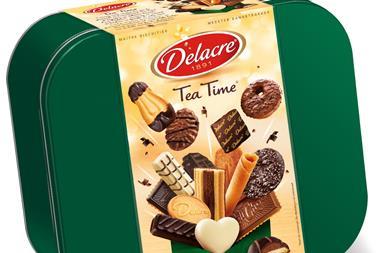

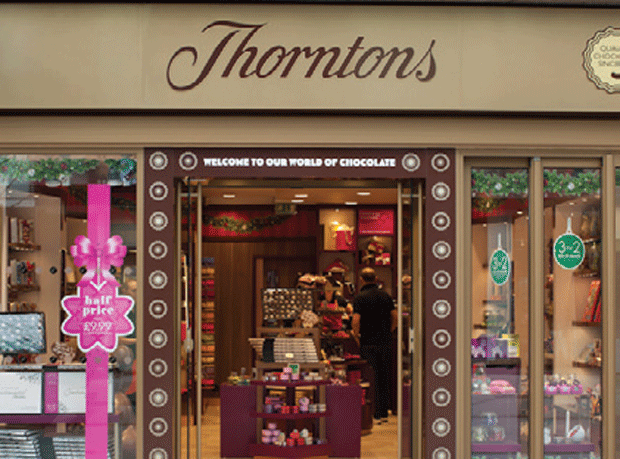
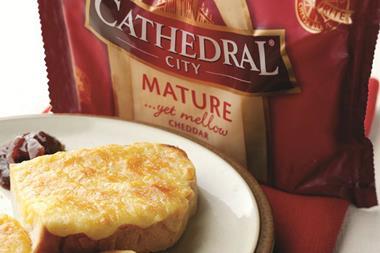



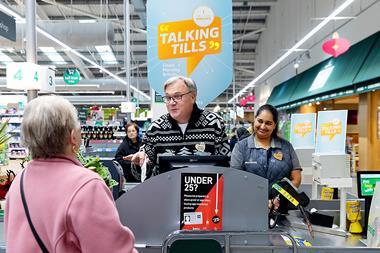




No comments yet